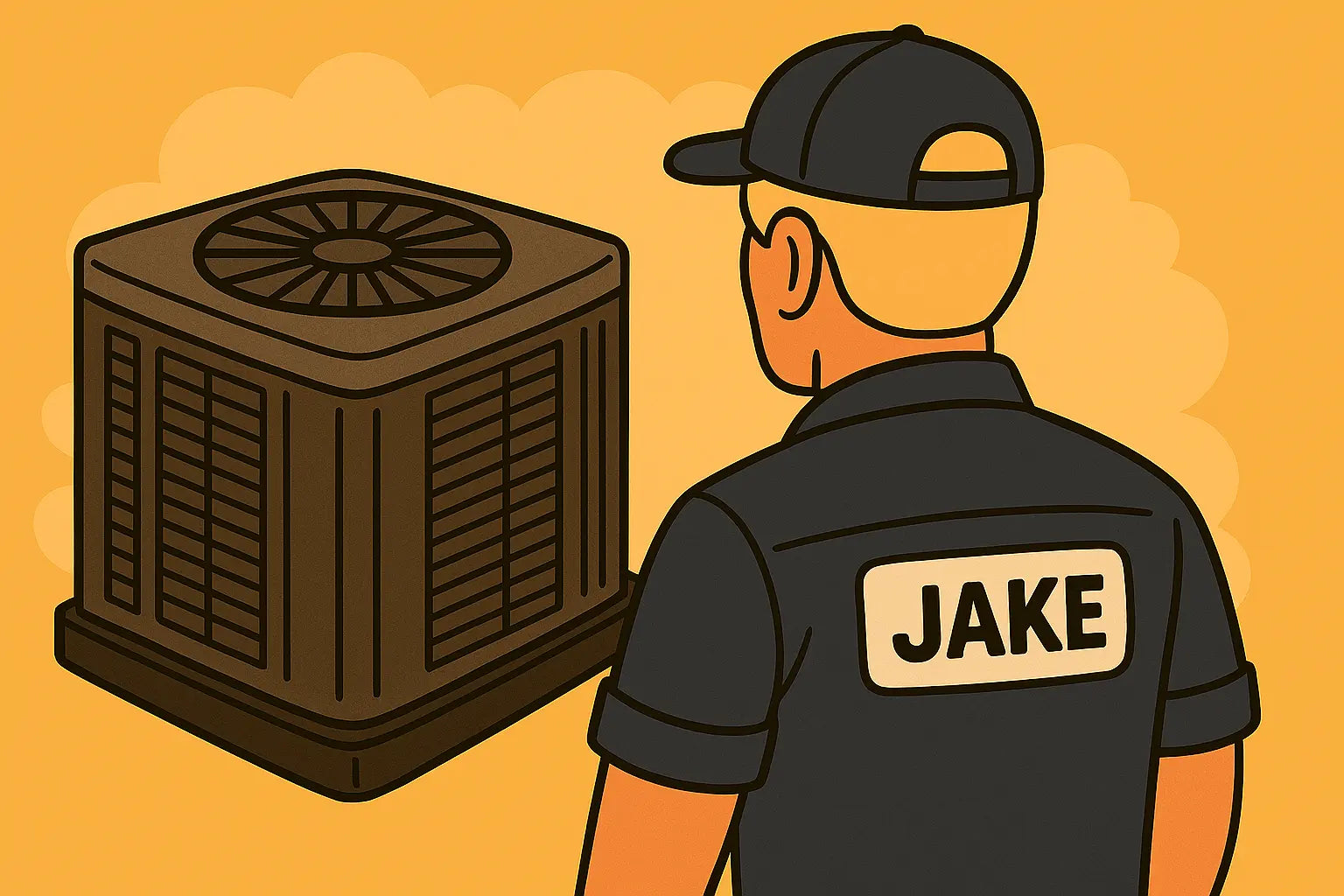Hey There from Jake!
Installing a central air conditioning system might seem straightforward: get the unit, plug it in, and enjoy cool air. Right? Not quite. Central AC installation is one of those jobs where the details matter—a lot. Improper installation can reduce efficiency, shorten the system’s lifespan, and even lead to frequent breakdowns. Whether you're hiring an HVAC pro or considering a DIY approach, this guide breaks down the most common central AC installation mistakes and how to avoid them.
1. Skipping the Load Calculation
The first—and perhaps most damaging—mistake is not performing a Manual J load calculation. This formula factors in your home’s square footage, insulation, number of windows, climate zone, and more to determine the right system size.
Oversizing your AC can lead to short cycling (which wears out components quickly), while undersizing it causes the unit to run constantly without effectively cooling your space. Don't guess—get it calculated.
Learn more about why size matters in AC systems.
2. Poor Ductwork Design or Installation
Even the best AC unit can't overcome bad ductwork. Leaky, poorly insulated, or undersized ducts will sabotage your system’s performance. If your ducts are too narrow or have too many bends, your AC has to work harder to push air through.
According to ENERGY STAR, up to 30% of air in duct systems can be lost due to leaks or improper sealing. That’s money and comfort literally slipping through the cracks.
3. Improper Refrigerant Charge
Refrigerant is the lifeblood of your air conditioner. Too much or too little can severely reduce efficiency and damage your compressor. The system needs a precise refrigerant charge based on manufacturer specs—not a guess or "good enough" approach.
Modern systems, especially those using R-32 refrigerant, require even more precision. Make sure your installer uses proper gauges and follows EPA guidelines. For a deeper look at refrigerants and why they matter, check out this homeowner’s guide to HVAC refrigerants.
4. Poor Unit Placement
Where your AC condenser sits matters. Putting the unit in a cramped, hot, or debris-filled corner of your yard can lead to overheating and airflow restrictions. There should be at least 2–3 feet of clearance on all sides, with shade if possible to reduce thermal strain.
And whatever you do—don’t put the unit under a deck or next to a dryer vent. Hot air from those can recirculate and reduce efficiency. Sandium’s HVAC placement tips explain this more in depth.
5. Neglecting the Thermostat and Electrical Work
Improper thermostat placement or outdated wiring can mess up an otherwise solid installation. Your thermostat shouldn’t be placed in direct sunlight, near vents, or by windows—it needs an accurate read of your indoor climate.
Also, ensure the circuit breaker and disconnect box are correctly rated for your unit. Electrical mistakes during installation can be dangerous and expensive. Always double-check that a licensed electrician or certified HVAC tech handles the wiring. Family Handyman offers a detailed checklist for thermostat placement and wiring.
Final Word: Choose the Right System—And the Right Installer
Even if you buy the best AC system on the market, a bad installation can ruin your investment. That’s why it’s critical to work with a trusted HVAC professional and start with a high-quality system that matches your home’s needs.
If you're shopping for a new central AC system, check out our full lineup of energy-efficient models at The Furnace Outlet. We carry trusted brands and provide expert guidance to help you choose the right unit, the first time.
Need more installation and troubleshooting tips for your central AC? Visit my guide right here!
See you later,
- Jake, your comfort loving tech!







